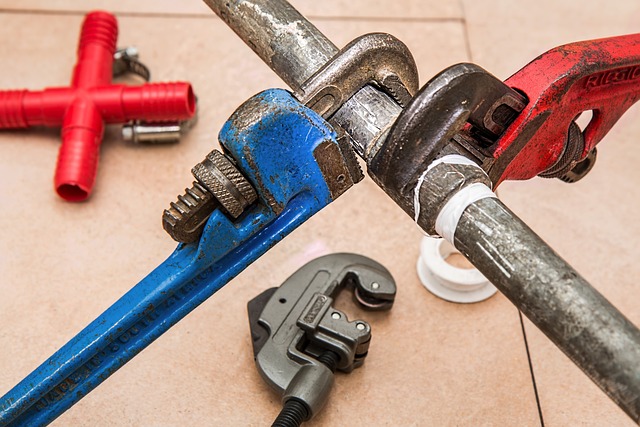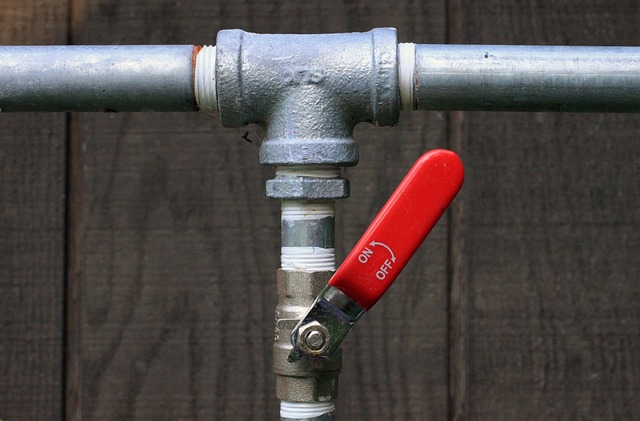If your threaded connection doesn’t already have a rubber gasket, you should use a plumber’s tape to make one. To facilitate disassembly, it acts as a lubricant, making the threading somewhat smoother and preventing the pipes from sticking. Although the plumber’s tape requires little skill to apply, there is a proper and improper method. Go through the article thoroughly to learn the correct usage of Teflon tape.
Table of Contents
What is Plumber’s Tape?
Plumbers tape is a flexible tape used to seal pipe threads. It is also known as thread seal, PTFE, or Teflon. To make a safe and leak-proof connection.
Polytetrafluoroethylene is the material used to make plumber’s tape (PTFE). Workers in the plumbing, electrical, and home improvement industries all rely on it. Its major function is to provide a watertight seal in pipe connections that otherwise would not have one, such as threaded metal pipe ends secured by nuts.
To facilitate threading and disassembly, Teflon Tape is used to keep connections lubricated. Tape comes in various hues, but the most common is white. Municipal employees may benefit from a colour-coding system to more easily distinguish between different kinds of pipes. Green is utilized for oxygen lines and medicinal gases, whereas yellow is used for natural gas.
Standardized Color Coding For Teflon Tape.
Teflon tape comes in various colours, each representing a specific use. While all tapes have a similar appearance and feel, each colour serves a unique function.
White is considered the standard plumbing tape.
Yellow is best for sealing gas lines.
Pink is used for water lines due to its high durability.
Green is for a grease-free oxygen line.
Thick grey Teflon tape is used for piping made of stainless steel to avoid seizing.
Thicker red tape for pipes between 1/2 and 2 inches in diameter and bigger joints.
Characteristics And Properties of Teflon Tape.
Plumbers tape is unique. Plumbers tape isn’t adhesive, although it sticks well when wrapped around a pipe. Teflon tape is chemically inert, heat-, arc-, and pressure-resistant.
The tape comes in 260-1296-yard rolls with 1/2″, 3/4″, and 1″ widths. Tape Jungle sells 50-1000-roll packages.
Some tapes are thicker than white Teflon, as mentioned in the colour code list. Gray stainless steel tape is twice as thick as white. Pink tape is heavier and denser. All tapes stretch and rip without a knife or scissors.
Plumbing involves connecting a complicated system of pipes so they can consistently convey fluids. A plumber may need to strengthen joints or fix leaks even with strong pipes. Sharp-cornered, aged, or heavily stressed pipes are commonly taped. Plumbers use “tape” to avoid issues and preserve buildings’ integrity.
Most of these items aren’t sticky like craft or packing tape. Similar to pipe glue, they bond items together but are simpler and more forgiving to employ.
How to Use Plumbers’ Tape?

Wrapping Teflon tape around the pipe in the appropriate direction is the key to getting it to stick. Turning the pipe into the fitting should cause the tape to contract around the pipe and not unravel or ball up due to the friction of the mating threads. As the pipe will be threaded clockwise into the fitting, you must wrap the tape similarly. In this method, the seam won’t unravel when you’re putting it together.
Step 1: Scrub The Drain
Remove any buildup of grime and debris from the pipe’s male threads by wiping them down with a clean cloth.
Step 2: Coordinate The Tape and Pipework
Hold the tape end on the pipe with a finger or thumb at the second thread from the end. There should be no tape bunching over the threads, and it should run perpendicular to the pipe’s length.
Step 3: Tighten The Tape
Tape should be wrapped around the pipe in the same direction as the pipe is being rotated.
Step 4: Tension on The Tape
Keep the tape taut, so it can wrap the pipe securely. Moving away from the pipe’s end, overlap the tape as you go.
Step 5: Wrap Around Four to Six Times
You should be able to get four or six complete revolutions around the pipe before you run out of thread.
Step 6: Cut The Tape
Grabbing it between thumb and forefinger, pull hard to separate the tape from the roll. Get the dangling threads to lie flat. Ready to insert the pipe into the fitting?
Video Credit: R.C. Worst & Co., Inc.
When to Use Plumbers Tape?
Plumber’s tape may be used in place of pipe-joint compound if you’re already acquainted with its use. It is compatible with stiff plastic pipe and all common metal pipe types. Plumbing tape is often used for, among other things:
- Grab bars
- Showerheads
- Taps with threaded drains
- Connectors for joining pipes together
- Joining pipes and valves
- Connections in the Pipeline
- Towel bars
- Radiators
- Joining of the faucets
- Plumbing for a commode flush
- Connections for water heaters
- Watering cans for gardens Sprinklers
- There are a variety of different fixtures
Bottom Lines:
I hope this post will help you know everything about Teflon tape or the Plumber’s Tape. Read more posts from the blog to know more interesting topics like this.

